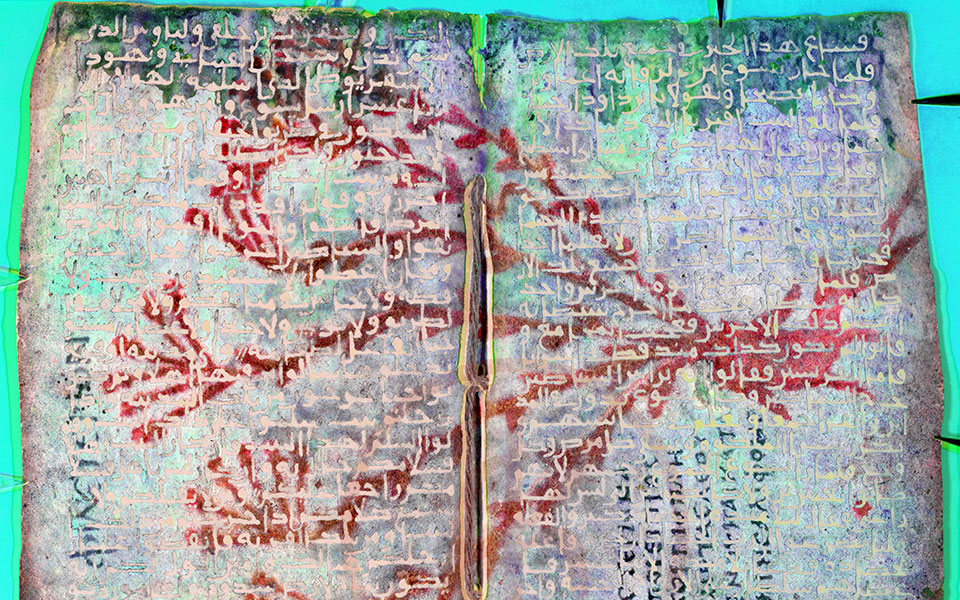Ancient texts from St Catherine’s Monastery in Sinai, Egypt, that were concealed for centuries under other texts until they were revealed through the use of state-of-the-art technology, will go on display for four days starting on Monday at the Greek Foreign Ministry.
The texts will be presented as part of an international conference titled “The Other Voice of the Desert: The palimpsest manuscripts of the Sinai Monastery; new technologies for the reading and discovery of unknown texts; prospects for research,” at the ministry’s Yiannos Kranidiotis Auditorium.
According to Deputy Foreign Minister Yiannis Amanatidis, this will be the second time the texts are being presented after they were first exhibited in Egypt a few months ago. He noted that the findings are confirmation of the role of the monastery as an international spiritual and learning center, possessing the second largest manuscript library in the world after the Vatican.

The curator of the Sinaitic Monuments Archive and head of the Mount Sinai Foundation in Athens, archaeologist Nikolas Fyssas gave an overview of the findings to be presented at the conference and exhibition, stating that the parchments had been recycled and reused over the centuries. Among the texts that had been obscured by later writings, researchers uncovered medical texts including some with detailed illustrations of medicinal plants, buildings and people; Arabic translations of the Bible; Hellenistic texts and an unknown Christian poem which recounts stories from the Old Testament written in a Homeric style.
Over the course of the 5-year research program to recover the erased texts – the largest of its kind – 75 palimpsest manuscripts (manuscripts with layers of text and illustrations superimposed on earlier texts) were analyzed dating from the 5th to the 12th centuries. The hidden texts comprise about 6,800 pages and are in 10 different languages.
Among the funders / collaborators of the project were the British charity Arcadia which seeks to preserve cultural heritage, the UCLA library and the Early Manuscripts Electronic Library.
Via ekathimerini.com










